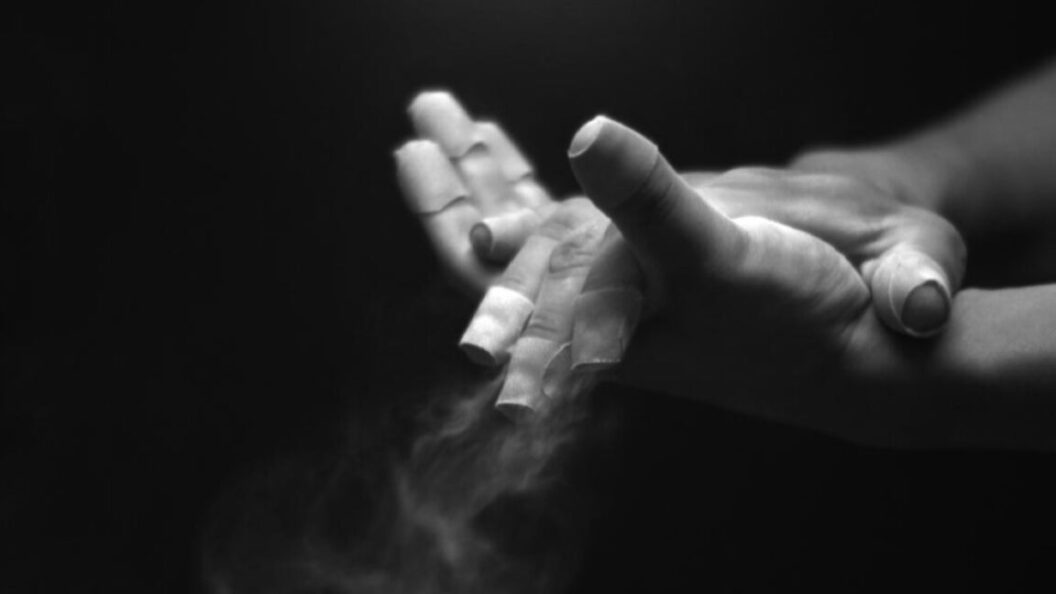The Physics of Hand Clapping: Unraveling the Mechanics Behind a Universal Gesture
Hand clapping is a familiar auditory phenomenon that transcends cultural boundaries, serving various purposes from expressing approval through applause to keeping rhythm in musical performances. Despite its simplicity, the intricacies of the physical mechanisms behind clapping have been less understood. A recent study published in the journal Physical Review Research sheds light on this common action, proposing that hand clapping functions similarly to a Helmholtz resonator.
Understanding the Helmholtz Resonator Hypothesis
In their research, engineers Nikolaos Papadakis and Georgios Stavroulakis from the Technical University of Crete set out to investigate the acoustic properties of hand clapping. With a hypothesis that hand claps might function like Helmholtz resonators—an acoustic phenomenon observable in objects like bottle openings and conch shells—the researchers conducted experiments that would provide empirical support for this theory.
The study, conducted in 2020, involved 24 participants who clapped their hands once under various configurations across different venues. The researchers tested 11 distinguishing auditory factors, including the angle between hands and the degree of overlap of fingers and palms.
Experiment Results: The Loudest Clap Configuration
The findings revealed intriguing insights into how hand configuration affects the volume and richness of the clap’s sound. The configuration generating the loudest clap measured at 85.2 dB involved holding the hands at a 45-degree angle with palms partially overlapping. This degree of orientation was crucial to maximizing sound output.
However, for those who prioritize a more diverse range of frequencies in their clapping, the researchers found that ensuring palms overlap completely and are shaped into a dome also proved effective. This configuration, while still utilizing the same 45-degree hand orientation, creates an optimal environment that enhances the sound’s acoustic qualities.
Implications of the Findings
The study’s conclusions signify a valuable contribution to understanding how an everyday behavior like hand clapping can reflect principles of physics. By correlating clapping with Helmholtz resonance, the researchers were able to illustrate that such a basic action is not only a mode of communication but also a demonstration of physical resonance principles widely applicable in various fields, including architecture and acoustics.
Controversies and Clarifications
While this study presents a novel perspective on a widely practiced behavior, it also introduces debates regarding the exclusivity of the identified configurations. Critics might argue that various other hand positions could produce equally effective sound outputs outside the strict parameters of this study. Yet, Papadakis and Stavroulakis maintain that their methodical approach emphasizes measurable outcomes in a controlled environment, serving as a foundational analysis of clapping mechanics.
The Wider Significance of Clapping Research
This research not only illuminates the science behind a common human expression but also opens doors to further studies on communication methods across species and practices in social gatherings. The practical applications of understanding sound production can extend to improving acoustics in performance venues, public speaking, and sound engineering.
As society increasingly values interdisciplinary knowledge, the blending of physics with daily activities highlights the relevance of scientific inquiry in all aspects of life. The implications of this study could influence how we perceive and engage in communal experiences, potentially leading to enriched performance art, public speaking engagements, and even casual gatherings.
In conclusion, hand clapping stands as a symbol of human interaction; this research underlines its complexity and the potential for future exploration in how we can best harness sound to enhance shared experiences.









